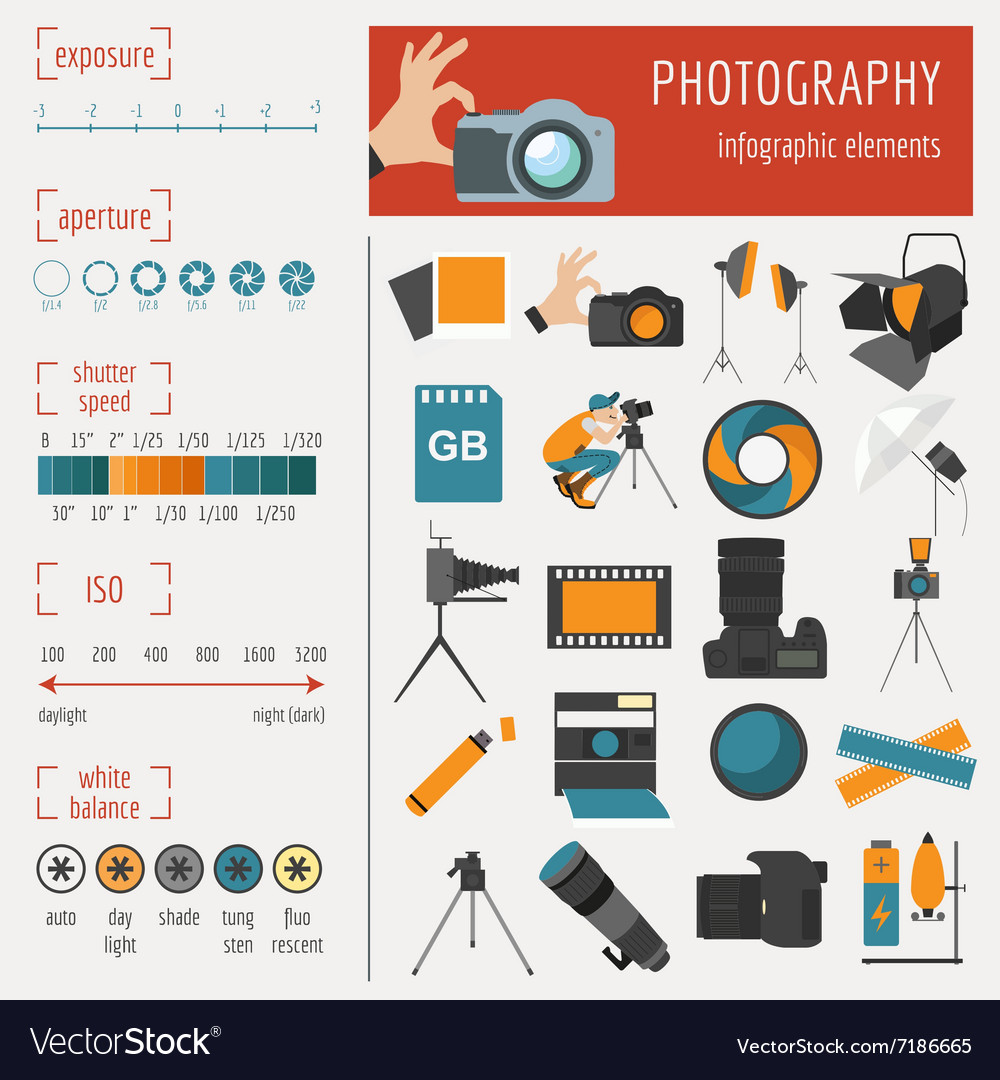What Every Digital Photographer Should Understand About Illumination
What Every Digital Photographer Should Understand About Illumination
Blog Article
Material By-Rogers Brady
As a photographer, you know that lights can make or damage your pictures. Recognizing the nuances of both all-natural and man-made light is essential for catching the mood and quality you aim for in your work. Whether you're going after the ideal golden hour radiance or fine-tuning your fabricated configurations, grasping these components can elevate your photography dramatically. However there are common risks that lots of neglect, and acknowledging them can transform your method to every shoot. Let's discover what you may be missing and exactly how it can influence your results.
Understanding Natural Light
Recognizing all-natural light is critical for any type of professional photographer seeking to improve their job. It's the structure of excellent photography, influencing mood, tone, and clarity. When go right here shoot outdoors, pay attention to the moment of day. The gold hour-- quickly after sunup and prior to sundown-- offers soft, warm light that can transform normal scenes into spectacular pictures.
Do not ignore the power of overcast days. Cloud cover diffuses sunlight, developing a soft, also light that's perfect for portraits and macro digital photography. You'll discover shades pop in this kind of lighting without extreme darkness.
Positioning issues, too. Always consider your subject's positioning to the light source. If the sun's behind your topic, you might end up with a silhouette, which can be dramatic however mightn't be what you desire. On the other hand, straight sunlight can create unflattering shadows.
Explore angles; occasionally, altering your point of view can yield fantastic outcomes. Usage natural reflectors, like water or sand, to jump light onto your subject, adding measurement.
Mastering Artificial Light
Understanding fabricated light is essential for digital photographers who intend to take their skills to the following level. Whether you're using speedlights, workshop strobes, or constant lights, understanding exactly how to adjust these resources can drastically improve your photos.
Begin by acquainting on your own with the fundamentals of light high quality, instructions, and color temperature level. Trying out different modifiers like softboxes, umbrellas, or grids to control the soft qualities or harshness of the light.
You'll locate that soft light frequently develops lovely results, while harsher light can include dramatization and depth. Do not shy away from shadows; they can improve the three-dimensionality of your subjects.
Pay attention to the positioning of your lights. A light positioned also near your subject can develop unflattering results, while too far can bring about a lack of information. Make use of a light meter or your electronic camera's pie chart to ensure you're revealing appropriately.
Finally, bear in mind that artificial light can be combined with ambient light for creative effects. Stabilizing these resources might take method, but once you master it, your photography will absolutely beam.
Strategies for Various Circumstances
When you step into various capturing situations, adapting your lighting strategies is crucial for recording the most effective pictures. For outside portraits, utilize the gold hour-- early morning or late afternoon light-- to soften darkness and boost skin tones.
If it's a harsh lunchtime sun, consider making use of a reflector to jump light back onto your topic or seek shaded locations for an extra also direct exposure.
In low-light circumstances, like indoor occasions, increase your ISO and utilize a broad aperture to let in even more light. A tripod can aid get rid of cam shake, allowing for longer exposures without obscuring.
If you're contending night, trying out off-camera flash to produce vibrant illumination and deepness in your photos.
For item digital photography, utilize diffused illumination to stay clear of severe representations. Softboxes or light tents can help attain this result.
When photographing landscapes, take into consideration the direction of light and time of day, as it can significantly change the mood of your shot.
Always prepare to change your settings and placing based upon the scenario, as flexibility is essential to understanding illumination in digital photography.
Final thought
To conclude, mastering illumination is key to elevating your photography skills. Embrace natural light's charm throughout gold hour, and don't avoid try out artificial light methods. By adjusting your approach to different circumstances, you'll capture magnificent pictures that reverberate with feeling and clearness. Remember, the right lights can transform a regular shot into something remarkable, so keep practicing and refining your understanding of both all-natural and synthetic light. Satisfied capturing!
